HDC started fieldwork on the Macedonia Missionary Baptist Church in August and submitted the final report before the end of the year, as required by the grant funding. HDC prepared the report to provide information on the historical background, architectural evolution, existing conditions, and work recommendations in order to rehabilitate the building into a historic site and community center. The congregation was loosely established in 1799 and is believed to be the earliest Black church established west of the Alleghenies. Services were held in homes until it was officially organized as a Baptist church c.1810 and a small church with a bell tower was built.
The church was located on Macedonia Ridge overlooking the Ohio River near the southernmost point of Ohio. Active crossing points across the Ohio River for Black fugitives escaping what at that time was still Virginia, made the church a natural stop on the Underground Railroad. In 1834, the Macedonia Missionary Baptist Church became the “Mother Church” of six Black Baptist churches that formed the Providence Anti-Slavery Baptist Association, all of which carried out Underground Railroad work.
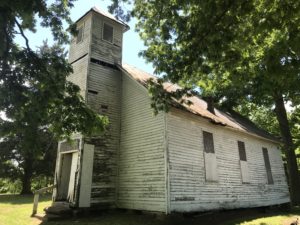
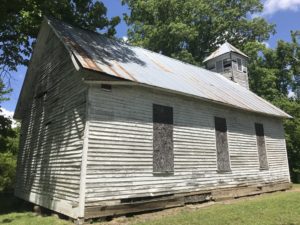 At left is the northeast corner and at right is the southwest corner.
At left is the northeast corner and at right is the southwest corner.
Macedonia Missionary Baptist Church History
The congregation of Macedonia Missionary Baptist Church swelled with the October 1849 arrival of anywhere from 32-46 newly freed enslaved people, often referred to as the “Burlington 37.” The labor and funds of the Burlington 37 helped build a new church noted as being about 20 feet by 30 feet in size. In 1870, the church was physically moved about 200 yards to the south to its current location, away from the wet conditions of the original site.
Between 1860 and 1880 the Black population in Ohio more than doubled from around 37,000 to around 80,000. Between 1880 and 1882, the Macedonia Missionary Baptist Church congregation increased to 125 people, more than could fit in the 1849 church. In 1889, the church was substantially renovated and enlarged to its current size, with a new bell tower marking the entry. Early 20th century alterations include the addition of the metal ceiling and heating stoves. The 1950s saw the replacement of oil lamps with electrical chandeliers and new doors at the bell tower opening.
The congregation gradually dwindled to four people in 1984, and officially ceased shortly afterwards. The building is still used for meetings of descendants of the original congregation who still live in the area. The church hopes to implement the recommendations contained in the Historic Structure Report in the spring of 2023.
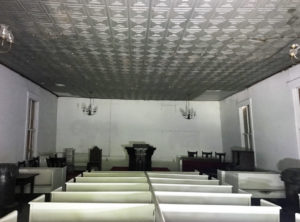
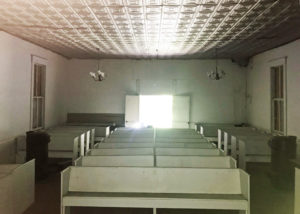 At left is a view of the interior looking west at the pulpit platform. At right is a view of the Interior looking east at the entry.
At left is a view of the interior looking west at the pulpit platform. At right is a view of the Interior looking east at the entry.
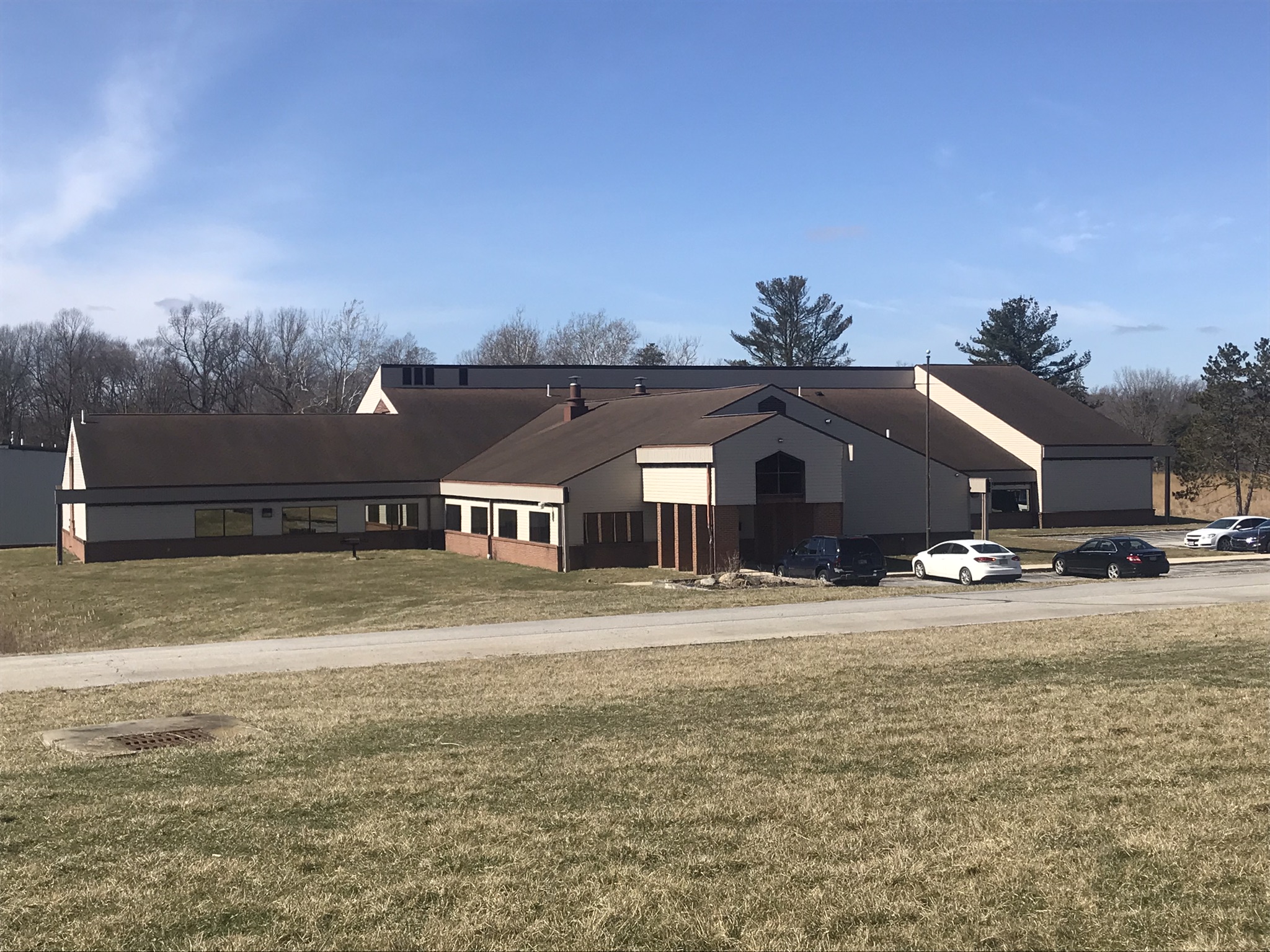




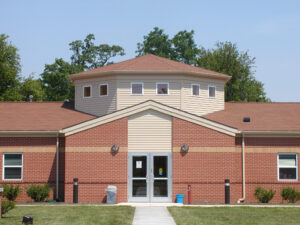
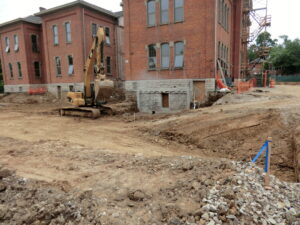
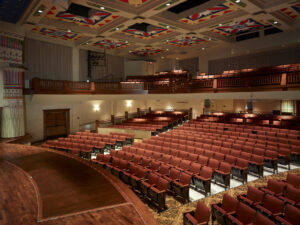
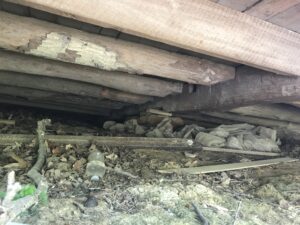
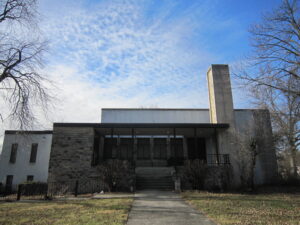
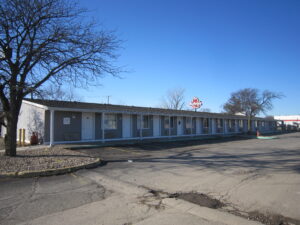

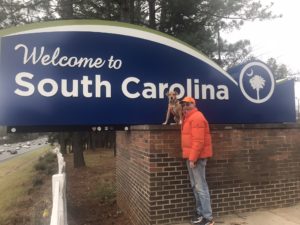 Left: Lots of people ask us about the car decorations when we stop for breaks. Right: Ziti and Don at the South Carolina border.
Left: Lots of people ask us about the car decorations when we stop for breaks. Right: Ziti and Don at the South Carolina border.
 Left: Ziti on Flagler Beach. Right: Ziti very suspicious of the water sneaking up on her.
Left: Ziti on Flagler Beach. Right: Ziti very suspicious of the water sneaking up on her.
 Left: Ziti posing on the podium after a qualifying first run. Right: Ziti having more fun posing at Wekiwa Springs State Park.
Left: Ziti posing on the podium after a qualifying first run. Right: Ziti having more fun posing at Wekiwa Springs State Park.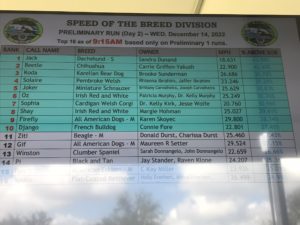
 Left: Ziti’s Speed of the Breed ranking on the monitor. Left: Ziti in front of the Orange County Convention Center.
Left: Ziti’s Speed of the Breed ranking on the monitor. Left: Ziti in front of the Orange County Convention Center.
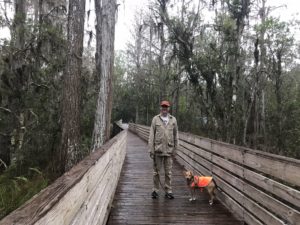 Left: Ziti having fun on a trail at Lake Louisa State Park. Don and Ziti in the rain on a boardward over the Green Swamp.
Left: Ziti having fun on a trail at Lake Louisa State Park. Don and Ziti in the rain on a boardward over the Green Swamp.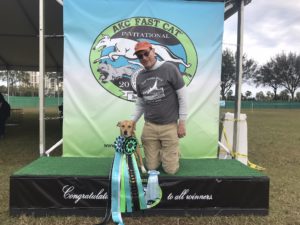
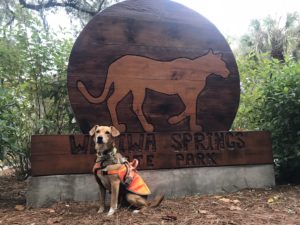 Left: Ziti and Don on the podium with today’s rosettes. Right: Ziti in front of the park bobcat sign after a 4+ hour hike through the swamp.
Left: Ziti and Don on the podium with today’s rosettes. Right: Ziti in front of the park bobcat sign after a 4+ hour hike through the swamp.
 Left: Ziti and Charissa being presented with a Top 10 placement rosette in Speed of the Breed. Right: Ziti knows she made an impressive showing at her first FastCAT Invitational!
Left: Ziti and Charissa being presented with a Top 10 placement rosette in Speed of the Breed. Right: Ziti knows she made an impressive showing at her first FastCAT Invitational!
 Left: Ziti still not happy with Flagler Beach. Right: The B-17 bomber is the centerpiece of this museum.
Left: Ziti still not happy with Flagler Beach. Right: The B-17 bomber is the centerpiece of this museum.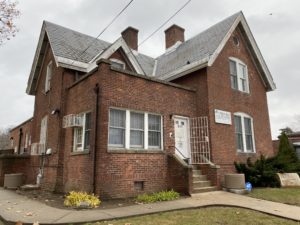
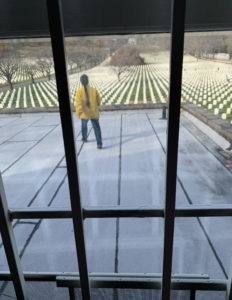
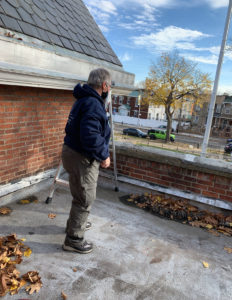 At left is the exterior of the Cypress Hills National Cemetery Lodge. In the center is Charissa on the rear roof and at right is Cathie inspecting the porch roof.
At left is the exterior of the Cypress Hills National Cemetery Lodge. In the center is Charissa on the rear roof and at right is Cathie inspecting the porch roof.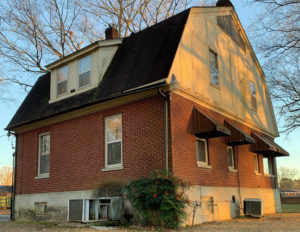
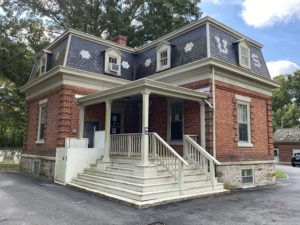 At left is the Corinth National Cemetery Lodge , which is unusual for its gambrel roof. At right is the Glendale National Cemetery lodge, which features patterns in the mansard slate roof.
At left is the Corinth National Cemetery Lodge , which is unusual for its gambrel roof. At right is the Glendale National Cemetery lodge, which features patterns in the mansard slate roof.
 At left is the northeast corner and at right is the southwest corner.
At left is the northeast corner and at right is the southwest corner.
 At left is a view of the interior looking west at the pulpit platform. At right is a view of the Interior looking east at the entry.
At left is a view of the interior looking west at the pulpit platform. At right is a view of the Interior looking east at the entry.
 The team took photographs and measured every aspect of the plane, such as the rear wheels. They also had some fun…here is Don Durst attempting to take control of world affairs.
The team took photographs and measured every aspect of the plane, such as the rear wheels. They also had some fun…here is Don Durst attempting to take control of world affairs.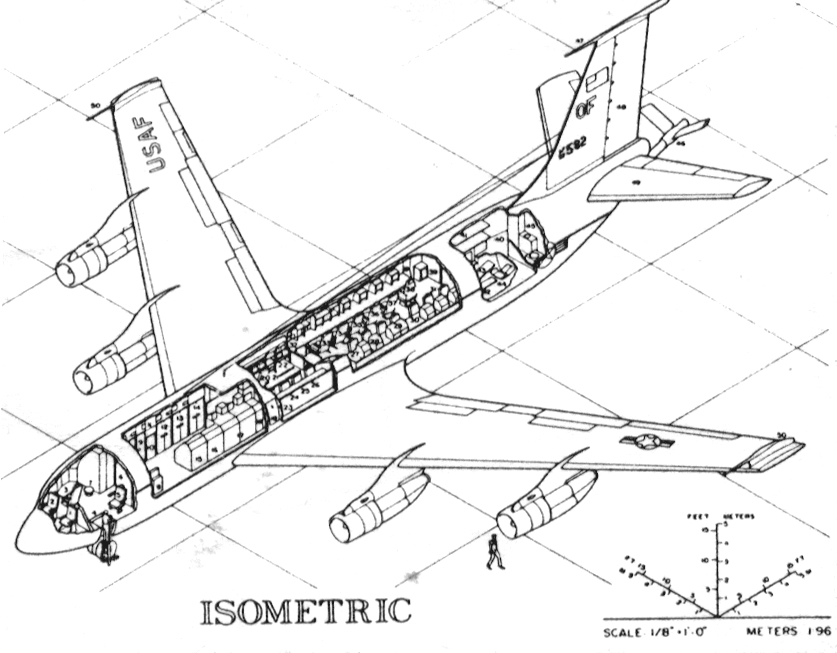 Here is an explanatory isometric drawing of the plane.
Here is an explanatory isometric drawing of the plane.

 Left: Ziti posing for her CAA certification. Right: Ziti amongst the sneezeweed on a trail near the CAT track.
Left: Ziti posing for her CAA certification. Right: Ziti amongst the sneezeweed on a trail near the CAT track.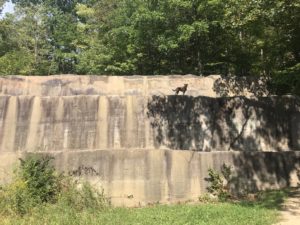
 Left: Ziti having fun walking the quarry walls on the Quarry Trail. Right: Ziti enjoys a log on the Hemlock Trail near Chippewa Creek Gorge.
Left: Ziti having fun walking the quarry walls on the Quarry Trail. Right: Ziti enjoys a log on the Hemlock Trail near Chippewa Creek Gorge.